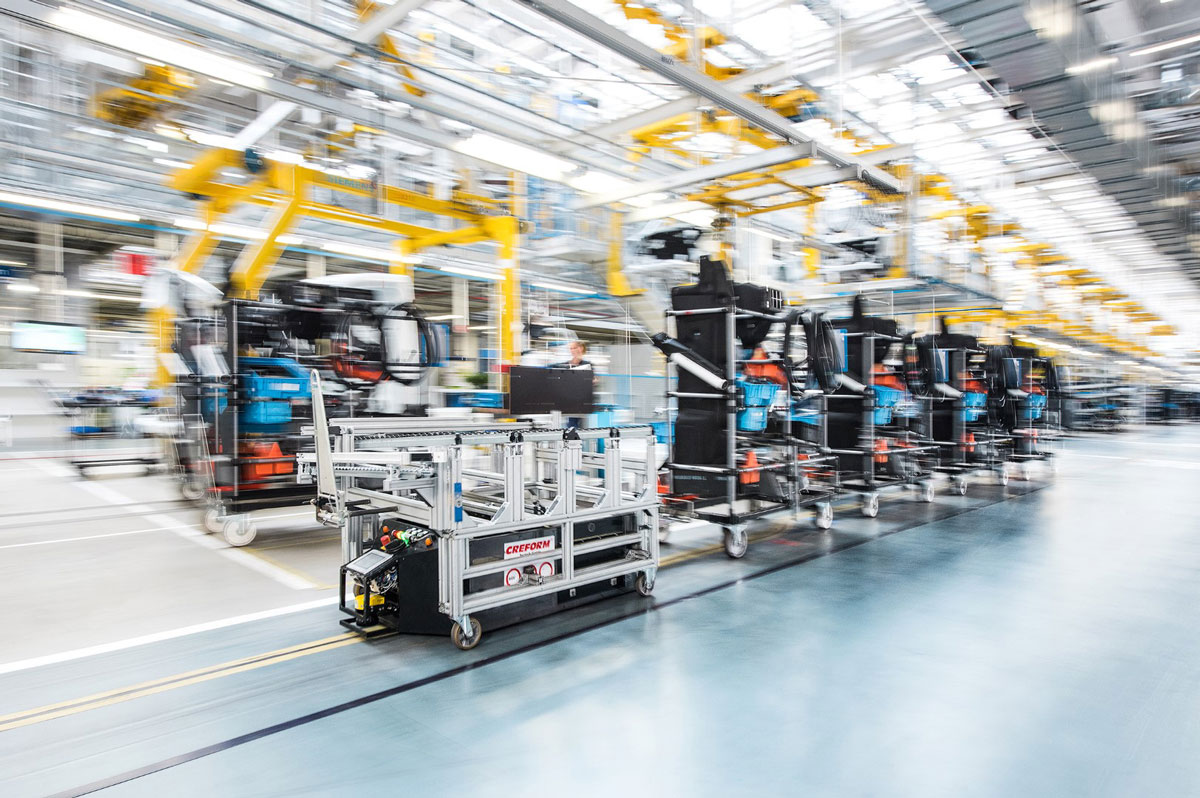Flexible and dynamic production environments are a response to ever shorter innovation cycles and a high degree of customer-specific product characteristics.
In order to exploit the full potential of a loose coupling of production resources, current machine statuses must be incorporated into the production control system. Available interfaces, such as those provided by the OPC UA Companion specifications or AAS models, enable standardized access to the statuses of production resources.
The resulting permanently available digital representation of the production status is constantly evaluated by the reactive production control system and transferred to an optimized execution sequence. This reactive order-centered production control enables dynamic handling of failures or prioritized orders and reaction to unforeseen events.
Fraunhofer IOSB is developing new modeling methods, algorithms and tools for this type of control.

 Fraunhofer Institute of Optronics, System Technologies and Image Exploitation IOSB
Fraunhofer Institute of Optronics, System Technologies and Image Exploitation IOSB